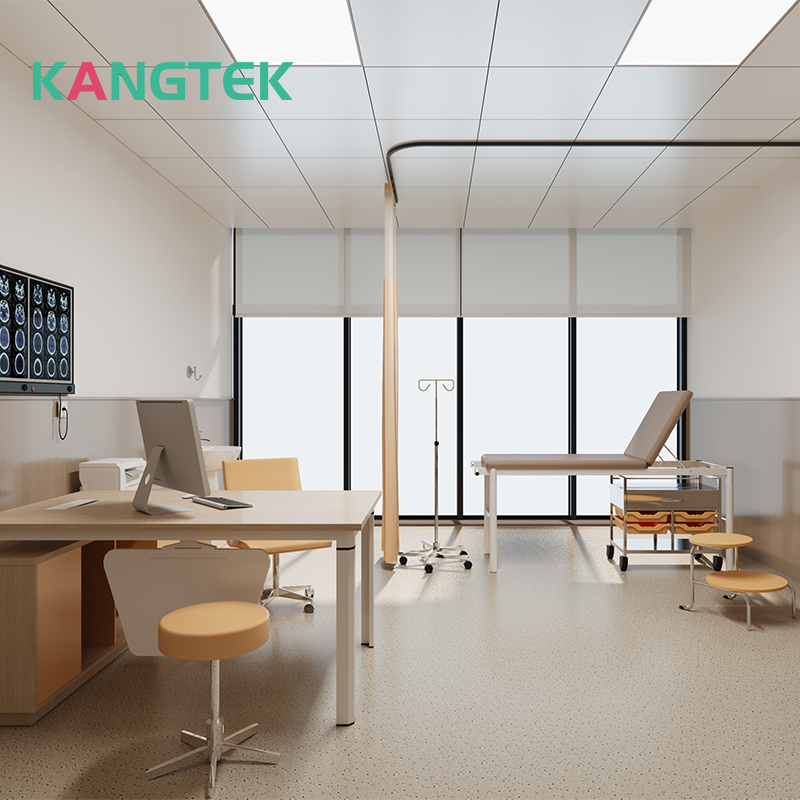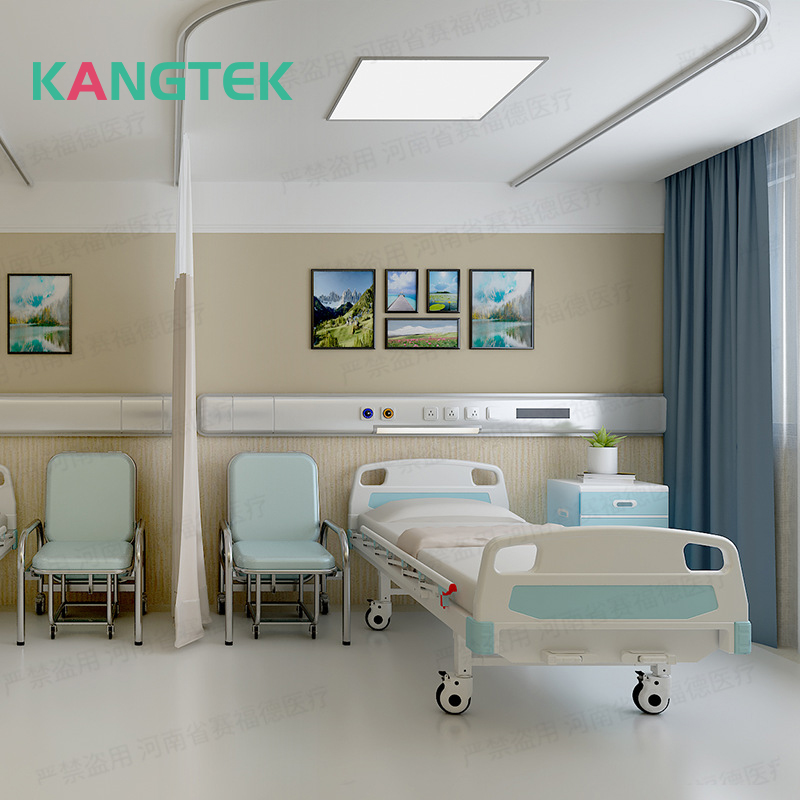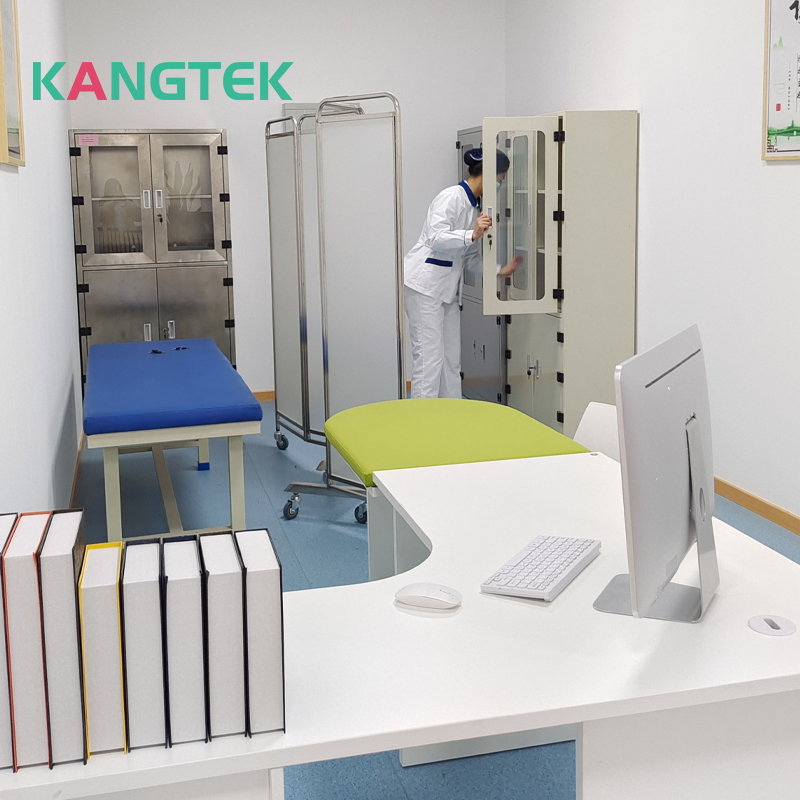Exploring the Materials of Medical Furniture
In the dynamic and demanding environment of healthcare facilities, the choice of materials for medical furniture is of paramount importance. From hospital beds to examination tables, each piece of medical furniture must meet rigorous standards for durability, cleanliness, and patient comfort. Let's delve into the common materials used in the construction of medical furniture and their respective advantages:
1. Stainless Steel:
Stainless steel is a staple material in medical furniture due to its exceptional durability, corrosion resistance, and ease of cleaning. Medical equipment and furniture made from stainless steel, such as surgical tables, instrument trays, and IV poles, can withstand frequent disinfection with harsh chemicals without compromising their structural integrity.

Advantages:
- High strength and durability
- Corrosion resistance
- Easy to clean and sterilize
- Long lifespan
2. Aluminum:
Aluminum is prized for its lightweight yet sturdy properties, making it an ideal material for medical furniture that requires portability and maneuverability. Aluminum-based medical equipment, such as transport stretchers and wheelchairs, offers ease of handling for healthcare providers while ensuring patient safety and comfort.
Advantages:
- Lightweight and easy to maneuver
- Corrosion resistance
- Durable and long-lasting
- Recyclable and environmentally friendly

3. High-Density Polyethylene (HDPE):
High-density polyethylene is a versatile plastic material widely used in medical furniture for its durability, chemical resistance, and low maintenance requirements. HDPE-based furniture, including patient chairs, bedside tables, and storage cabinets, offers a hygienic and easy-to-clean solution for healthcare environments.
Advantages:
- Chemical resistance
- Easy to clean and disinfect
- Impact resistance
- Moisture resistance
4. Powder-Coated Steel:
Powder-coated steel combines the strength of steel with the benefits of a protective powder coating, providing enhanced durability and aesthetics for medical furniture. Powder-coated steel hospital beds, bedside cabinets, and examination chairs offer a sleek and modern appearance while withstanding frequent use and cleaning protocols.
Advantages:
- Scratch and abrasion resistance
- Aesthetic appeal
- Corrosion resistance
- Easy to clean and maintain
5. Laminate:
Laminate materials, such as high-pressure laminate (HPL) and thermoplastic laminate, are commonly used in medical furniture for their versatility, durability, and design flexibility. Laminate surfaces offer a hygienic solution for medical tables, countertops, and workstations, with options for antimicrobial additives to enhance infection control.

Advantages:
- Versatile design options
- Impact resistance
- Easy to clean and disinfect
- Cost-effective alternative to solid surfaces
In conclusion, the materials used in medical furniture are carefully selected to meet the stringent requirements of healthcare environments, prioritizing factors such as durability, cleanliness, and patient comfort. Whether it's the strength of stainless steel, the versatility of aluminum, the durability of HDPE, the aesthetics of powder-coated steel, or the design flexibility of laminate, each material plays a crucial role in ensuring the functionality and safety of medical furniture in hospitals, clinics, and other healthcare settings.

